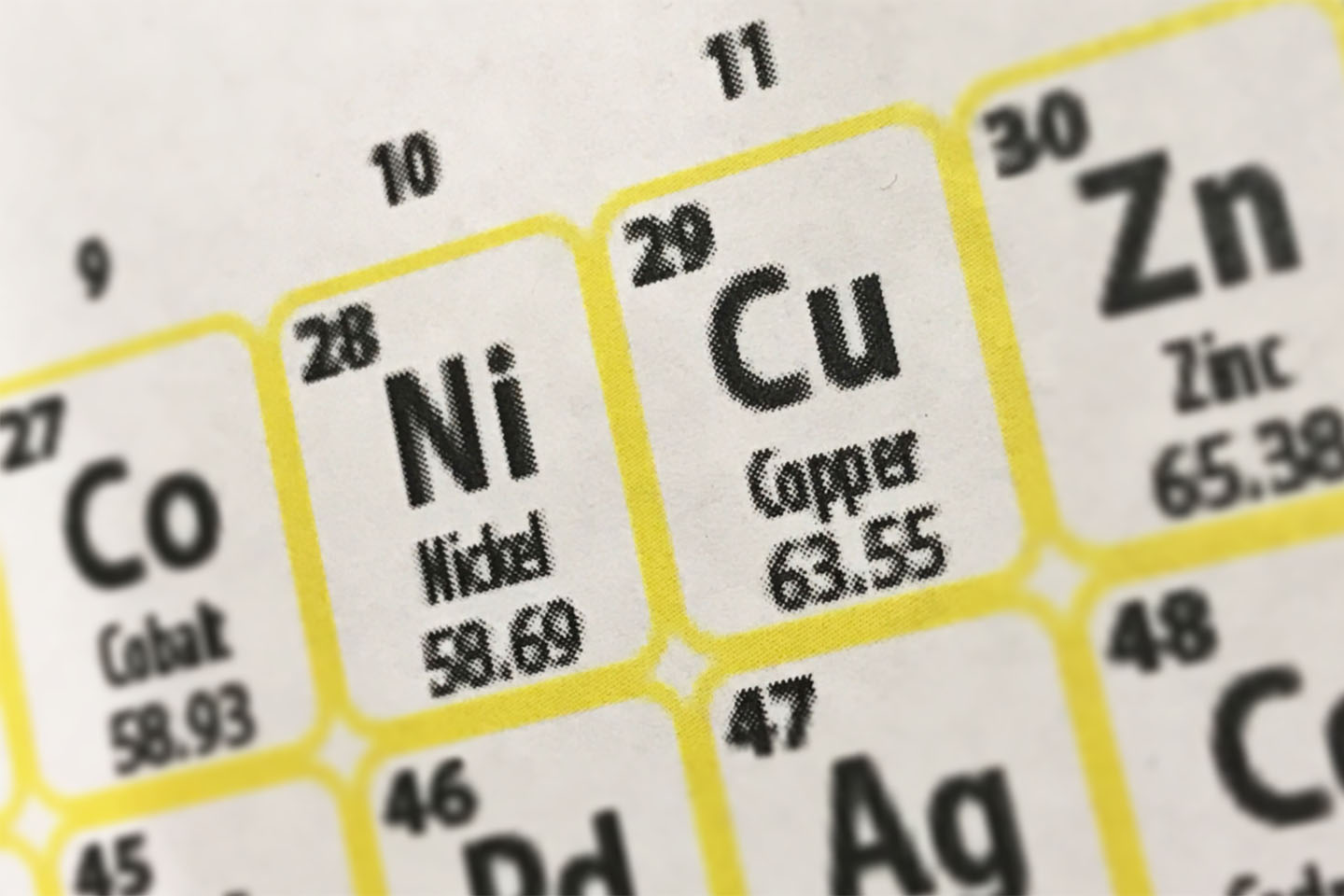St George Mining has intersected a 5.25m drill intersection going 6.95% nickel, 2.67% copper, 0.23% cobalt and 3.1g/t palladium plus platinum from 185m down-hole at its Investigators prospect near Leonora in WA. Another impressive 8.49m long intersection in a separate hole showed 5.78% nickel, 2.64% copper, 0.18% cobalt and 3.61g/t palladium plus platinum from 183.9m down-hole. The impressive results continue to extend the mineralised footprint at the prospect.

Aspiring nickel producer St George Mining has discovered more massive nickel sulphide mineralisation and the presence of prospective ultramafic rock sequences from its latest diamond drilling program at the Mt Alexander project near Leonora in WA.
The intersections came from the Investigators prospect and the Stricklands prospect, further to the east.
According to the company, the new drilling has extended the known zones of nickel mineralisation at both prospect areas, which remain open in all directions along strike, down dip and down-plunge.
Strong down-hole electromagnetic or “DHEM” anomalies potentially reflecting offhole massive sulphide accumulations, also continue to be delineated via geophysical surveying at both areas, St George said this week.
The company also received some very encouraging assays for palladium and platinum from high grade copper-nickel intersections previously reported for two holes at Investigators in late November.
These strongly mineralised intervals now boast 5.25 metres grading 6.95% nickel, 2.67% copper, 0.23% cobalt and 3.1g/t palladium plus platinum or “total PGEs” from 185m down-hole and 8.49m @ 5.78% nickel, 2.64% copper, 0.18% cobalt and 3.61g/t total PGEs from 183.9m down-hole in separate holes.
Over 80% of the total PGEs occur as the element palladium, which is currently trading above the price of gold, at AUD$1785 per ounce and hence, represents a potentially lucrative by-product credit for St George at the Mt Alexander project.
Preliminary metallurgical test work completed on composites of the Mt Alexander ores in October 2016, showed high values of up to 13.5g/t total PGEs plus gold reporting to the nickel concentrate and included excellent metal recoveries of both copper and cobalt.
St George Executive Chairman John Prineas said: “The latest drilling has continued to expand the envelope of nickel-copper sulphide mineralisation within the Cathedrals Belt. New zones of mineralisation have been identified in the northerly down-dip direction at both Investigators and Stricklands.”
“Infill and extensional drilling along the east-west strike of the mineralised corridor has also identified further sulphide mineralisation, increasing the potential scale of the discoveries and giving confidence that ongoing drilling could identify additional nickel-copper massive sulphides.”
The company has now concluded its drilling campaign at Mt Alexander for 2018 and expects to resume the work on-site in about a month’s time.
















